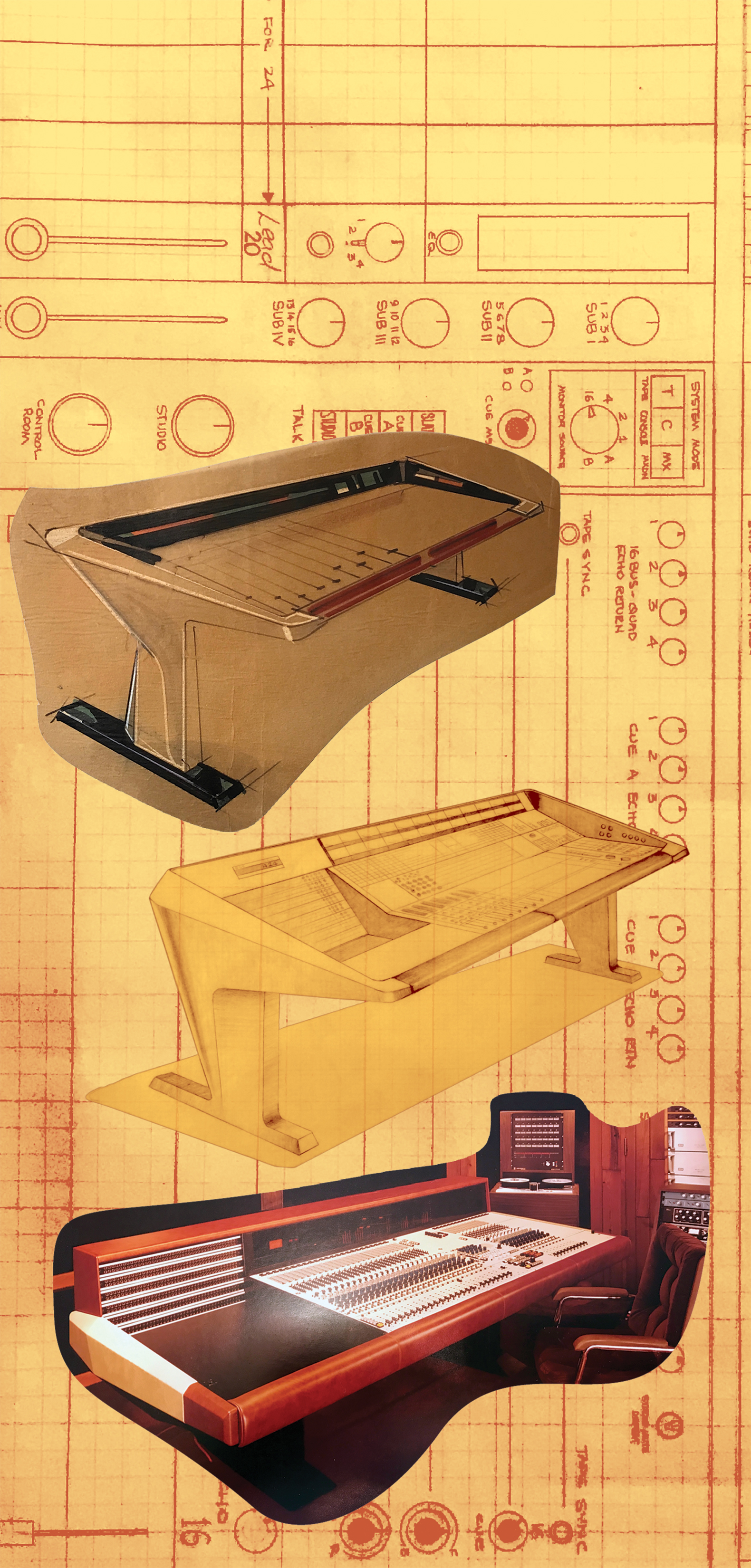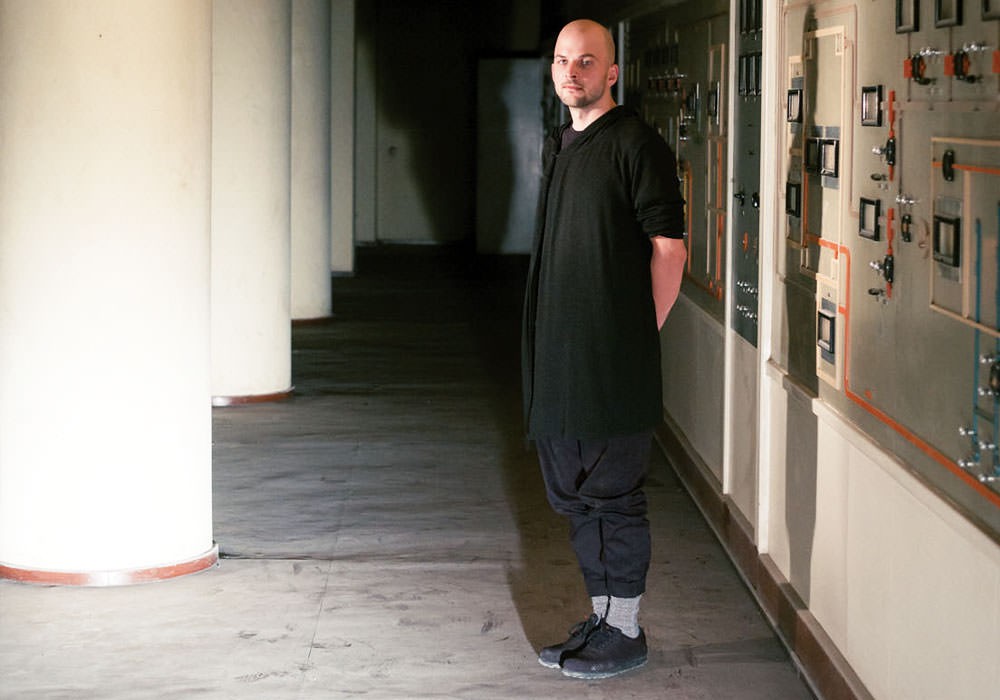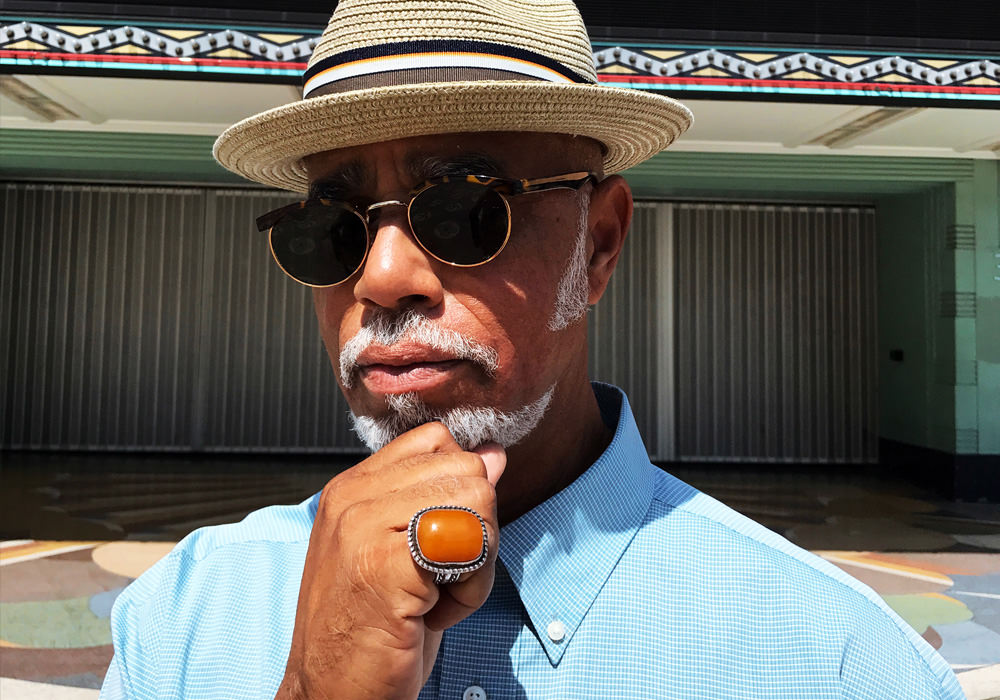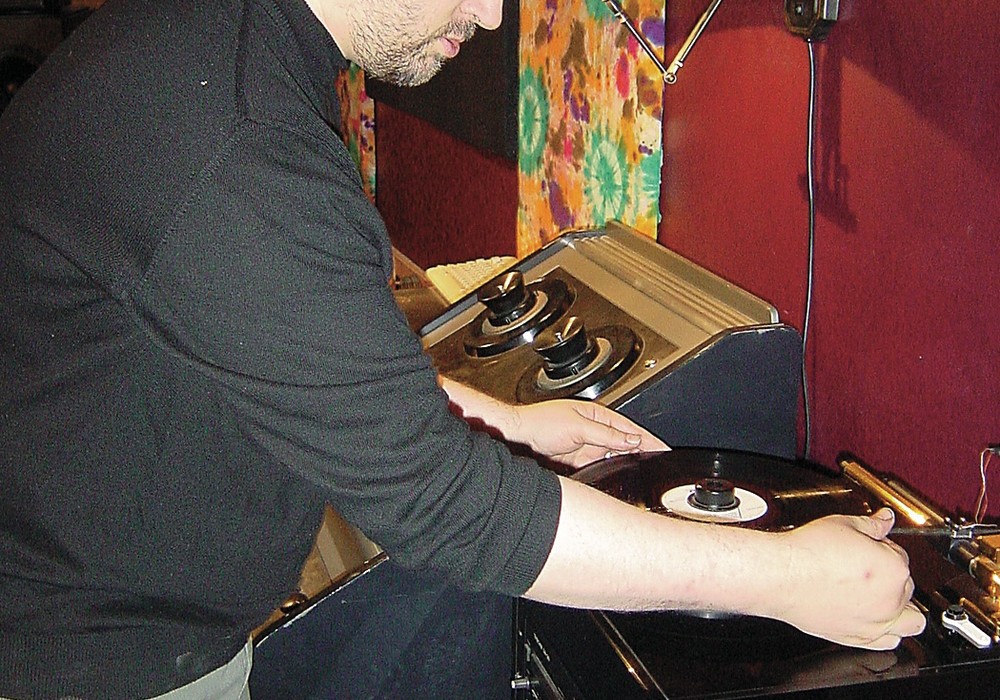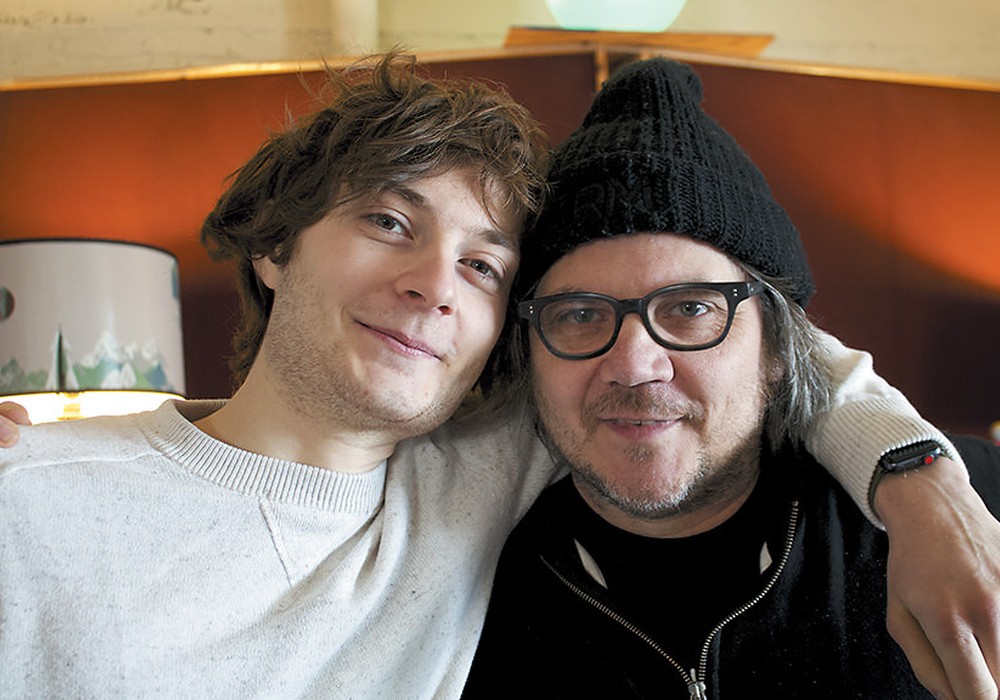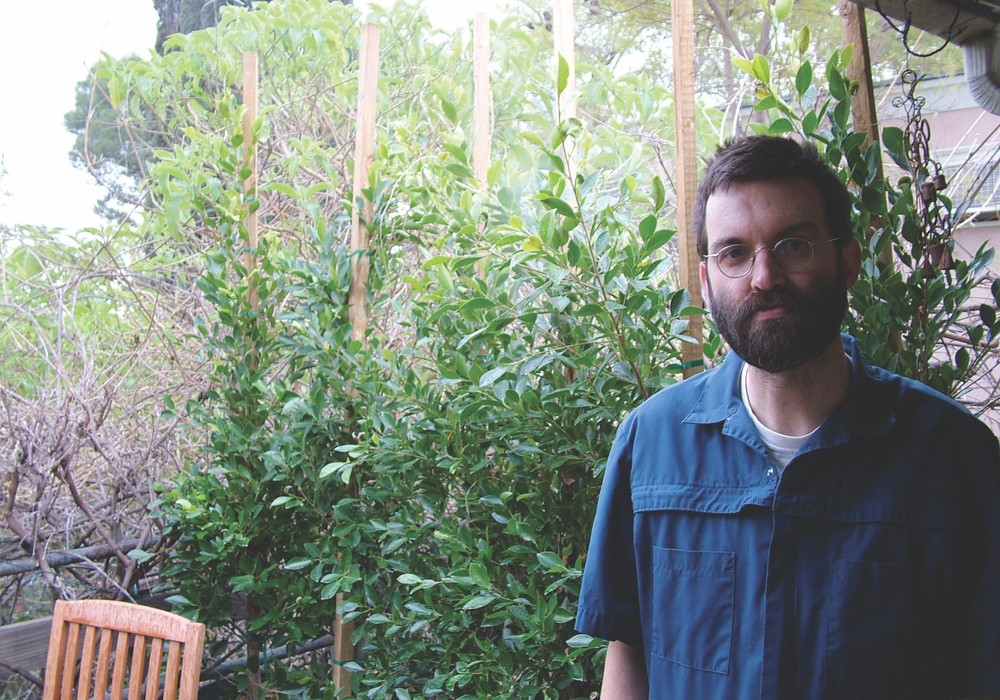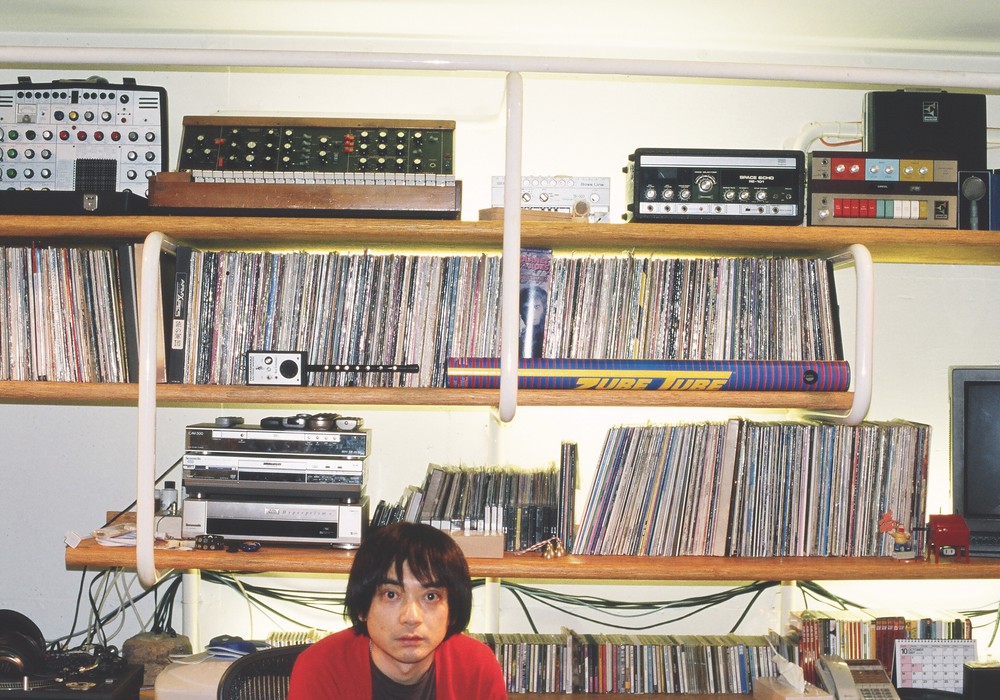Although I’d heard of Berlin-based musician Nils Frahm, I actually first heard his music on his beautiful and recently released LP, All Melody, which I reviewed online for Tape Op #123. Nils was recently in San Francisco, on tour for this album, so engineer Jeremy Black (from Coyote Hearing Studio) and I caught up with him after the show to find out more about his creative process and recording methods.
On All Melody, I feel like I can really hear your studio space. I love how you walk into the room to open the record.
It sets the space. Usually we just do this [clap] or walk in already. The wooden floor there, as well as the early reflections, gives me the feeling of, "All right; this is happening." It’s always a room which impresses me, because it’s patiently and kindly waiting for awesomeness to happen. Nothing is in the way to be brilliant. It’s just up to you. When I am not, it’s okay. But the room always is; it’s never something I’m struggling with. It’s always so welcoming, just waiting patiently.
There are many musicians working in the genre that you’re working in – instrumental music that combines electronics and acoustic instruments – and they are using a laptop and sample libraries. You’ve gone in a completely opposite direction, and taken over a historic studio.
For two big reasons. No one wants the technology and the knowledge of historic studios to disappear, so I try to finance a web of engineers and technicians, who are dependent on my advertisement fees and concert fees, which I spend on the art of recording audio. I am very proud about that, to be honest, because I’m preserving knowledge. I think it’s useful knowledge. We’ve already lost a shitload of knowledge about analog audio, which is a shame. I’m trying to support younger people – around my age – to go deep down into building cutting machines, tape machines, and mixing desks. I could buy an SSL or a Neve [console], but I want people around me to learn how a Neumann works, and how a master bus works, with the zero ohm Neumann summing cards, and so on. That topology is really important. The studio is basically an excuse to do that. When everybody goes in a certain direction, I usually go in the opposite just to spread out. It just makes no sense that everybody behaves like sheep. We need to have space around us with our ideas. We shouldn’t sit on the same rock as everybody. I think everything sounds the same since Ableton [Live] came out. I can hear the reverb. I can hear that preset. It’s just philosophically unsatisfying to deal with somebody else’s shit. Art is not there to just copy each other; it is there to express something that is impossible to express in any other way. I feel like everybody now gets inspired by a preset or a sample library that comes with a program; and you can just go with that, if you feel like making it easy. But the person who thought life should be easier, I want to meet that person and punish him. It makes life horrible, and not worth living. We are experiencing a depression in our society right now, which I think is due to people feeling like they are not challenged. They also don’t have tools at hand that give them the experience of doing something grown-up. Babies, grown-ups, and grandparents are all on their tablets or whatever. They all have the same tactile experience. They all use an Apple product, but nobody feels like they built something with their own hands and uses it. Nobody gets the joy of doing that. If everybody would build even just a little piece of furniture for their equipment; you make it and then you’re so happy. Even a little shelf; it’s like building a little universe. After ten or twelve ideas you’ve had with your studio, you already sound like nobody else. That’s great. Each [vintage reggae] dub studio – 4-track, 8-track, or whatever – sounds completely unique. Maybe the impedance was all weird; that makes it sound punchy and fun, and certain bands love it. Then maybe with that failure of signal flow, a whole genre develops. Who knows? I think it’s very important that all studios have their own sound. They become a little bit like a resonant, interconnected beast, which, if you just hit it here, it starts shaking on the other side. That whole thing becomes a complex system, which you also need to try...
